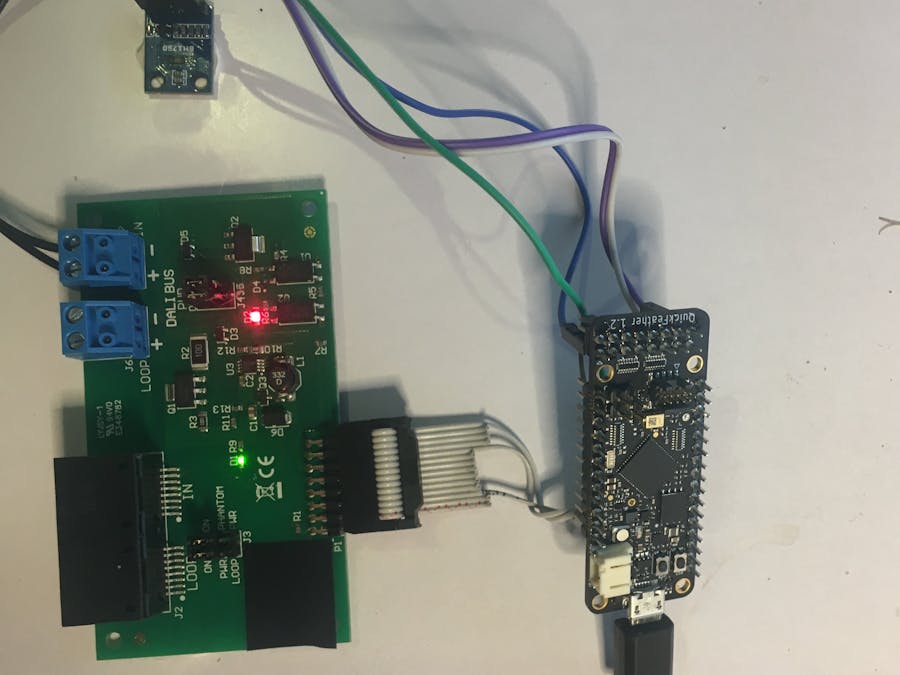Intelligent Flouro Dimmer Circuit
Business offices are typically filled with rows and rows of flourescent lights. These lights collectively waste quite a bit of energy as they are turned on at full power. The proposed idea fits an intelligent dimmer with light sensor to the flouro lights, and dims them if there is enough background light already coming from the sun or other sources.
To quantify the saving, each light fitting consumes around 60 watts of power, and if you add it up over say 12 hours per day for 250 days per year, that equates to around 180kWh of energy. Using the dimming circuit in simple tests showed a halving of energy consumption, so estimate about 90 kWh saved energy per light per year. In a typical office of say 40 lights, this corresponds to around 3.6 Mwh per year, or roughly 3.6T less of CO2 gas generated from a coal fired power station. It also has the benefit of reducing business overheads by reducing the monthly power bill.
How It Works
The circuit operates using an BH1750 I2C ambient light sensor, which is connected as a peripheral to the quick feather development board. An algorithm runs on the quick feather which constantly measures the ambient light level and compares it to a reference level. If the ambient light is less, a command is sent to the light dimmer to increase the output. Similarly, if the ambient light level is too high, a command is sent to the light dimmer to decrease the output. The commands are transmitted to the dimmer using the DALI protocol, which is a commercial light control protocol used in intelligent lighting. This protocol is a current loop signal, which consists of manchester encoded bytes sent at 2400 bits per second. The simplest implementation is a single byte that is sent which sets the light intensity level from 0 (off) – 255 (fully on). In addition, the quick feather button input is used to toggle the reference light intensity between 0, 100 and 200 lux.
The software architecture is built by modifying the "hello world" application supplied in the SDK. A task thread has been added which implements the control loop described above.
For the proof of concept hardware, an off-the-shelf light sensor and DALI transmitter circuit were connected to the quick feather board, and powered from the 5V of the USB. In a final form, this circuitry could be mounted in a light-switch style package with onboard AC-DC power.
A standard flourescent light consisting of 2x36W T8 tubes and an electronic ballast was modified by removing the ballast and replacing it with a dimmable DALI-controllable ballast. The Tridonic PCA ballast was chosen due to its availability.
Results
Whats going on in the demo video.
It is the proof-of-concept setup using the intelligent dimmer with a lamp to simulate the sun / ambient light source.
The quick feather is plugged into a PC so the debugging text can be shown on the putty terminal program.
It is displaying the LUX light level from the sensor, and the brightness level being set on the flouro.
The button is being pressed on the quick feather to change the reference light level from 100 to 200 lux
Also shown is a power meter which shows how many watts the light is consuming (full power is ~60 watts). It is varying between 15-30 watts so saving some power.
When the lamp is turned on, the intelligent dimmer sees the jump in lux level and reduces the flouro output until the light level is back at the reference level.
Video is currently hosted at https://kapwi.ng/c/zGr1GYXx




Comments